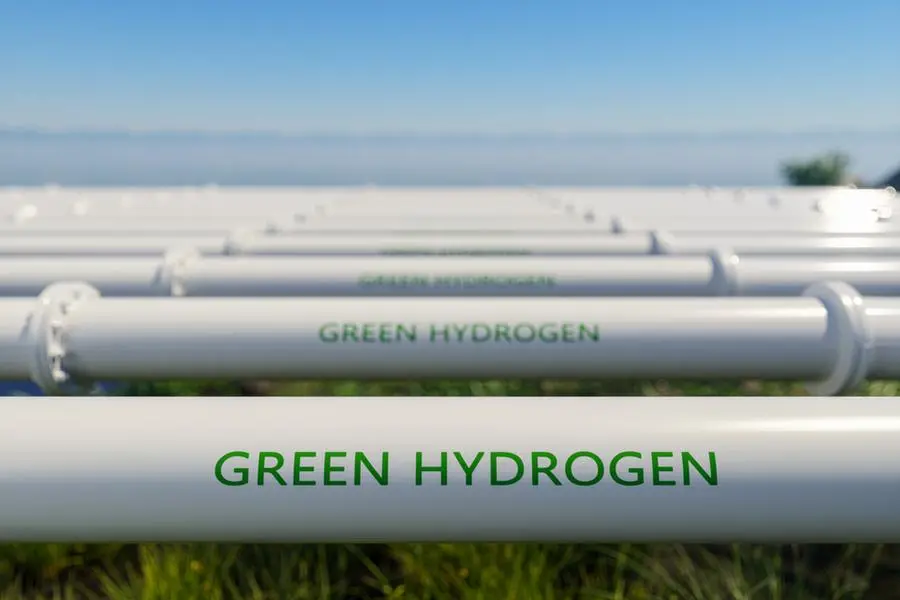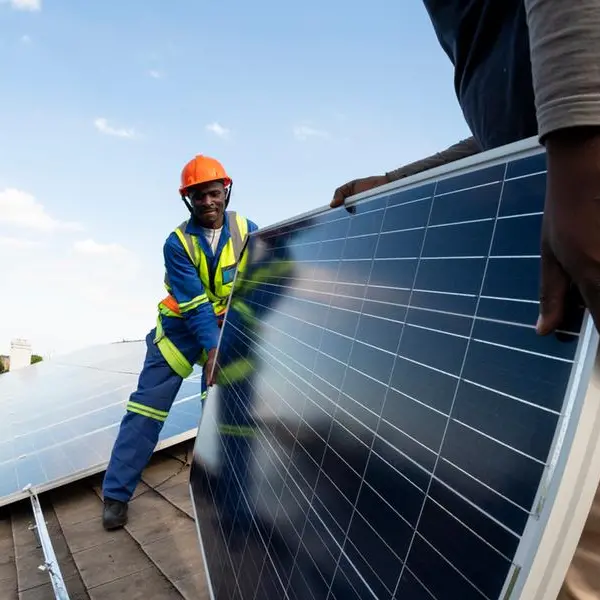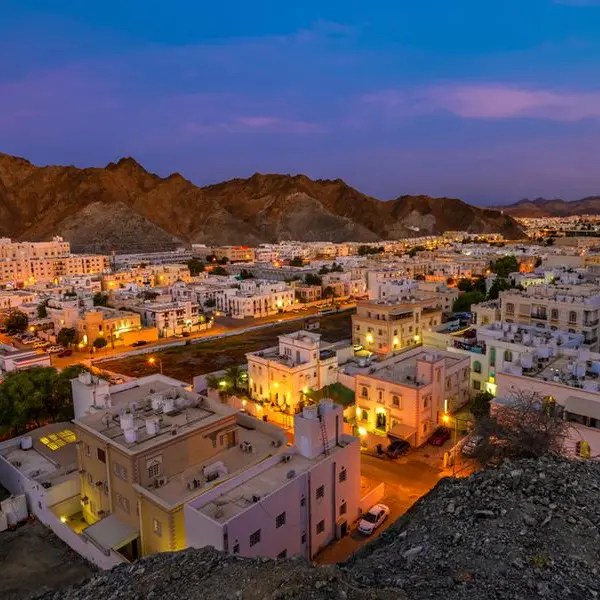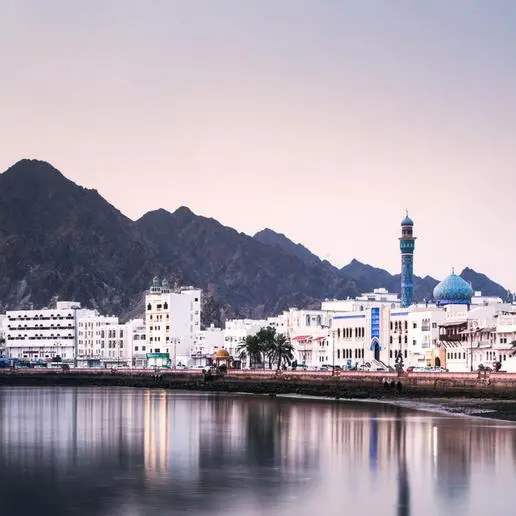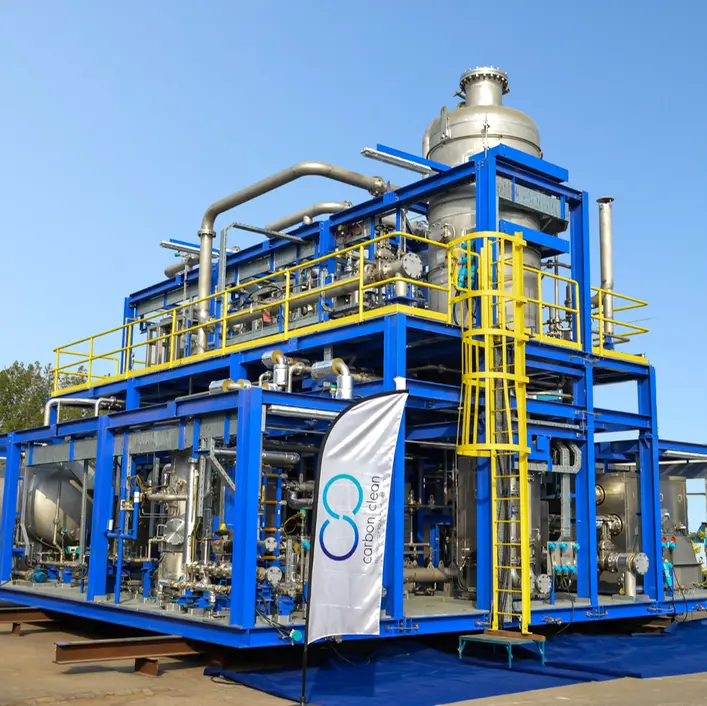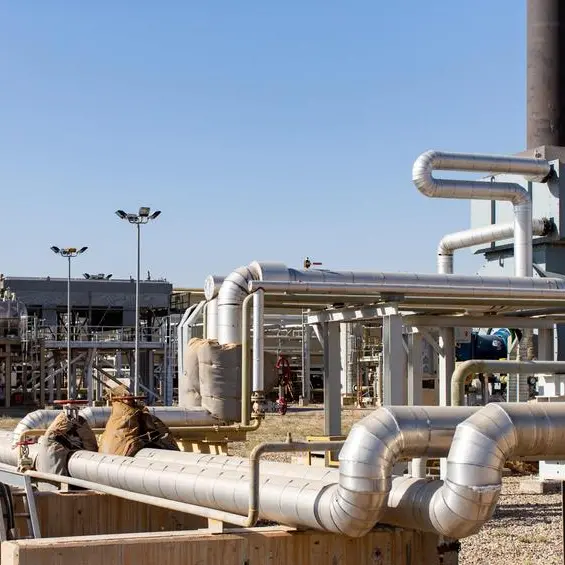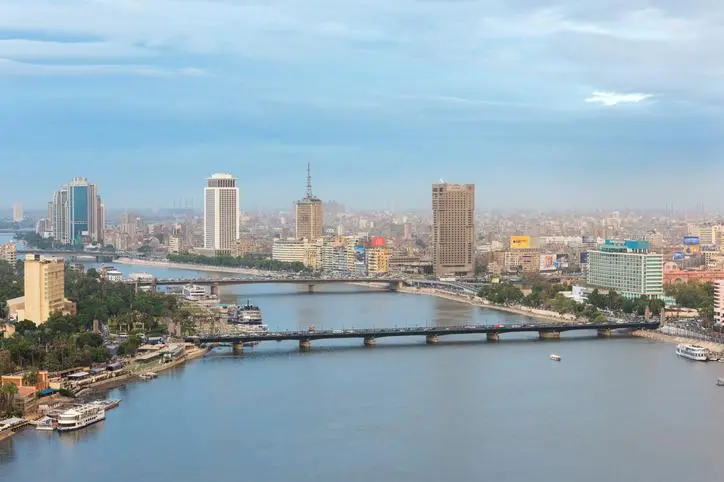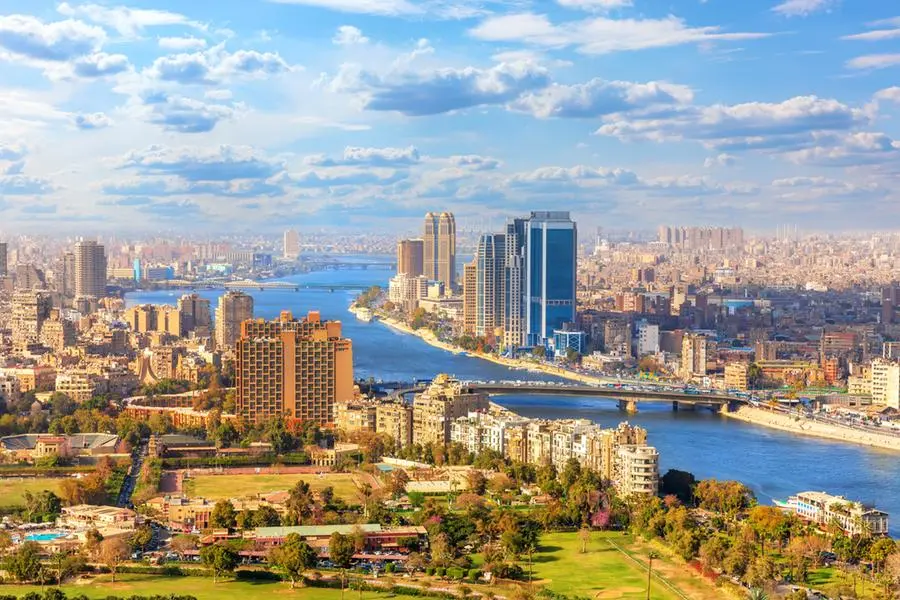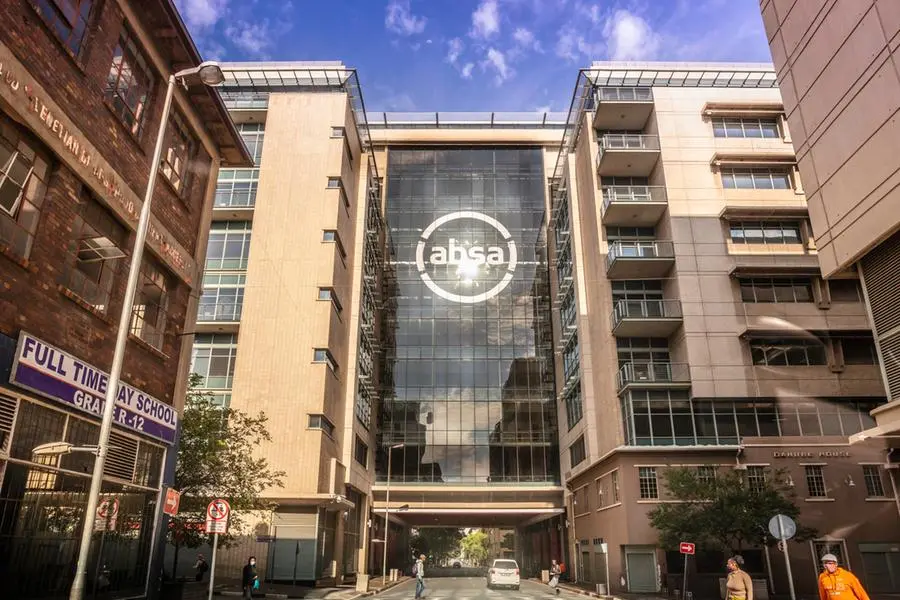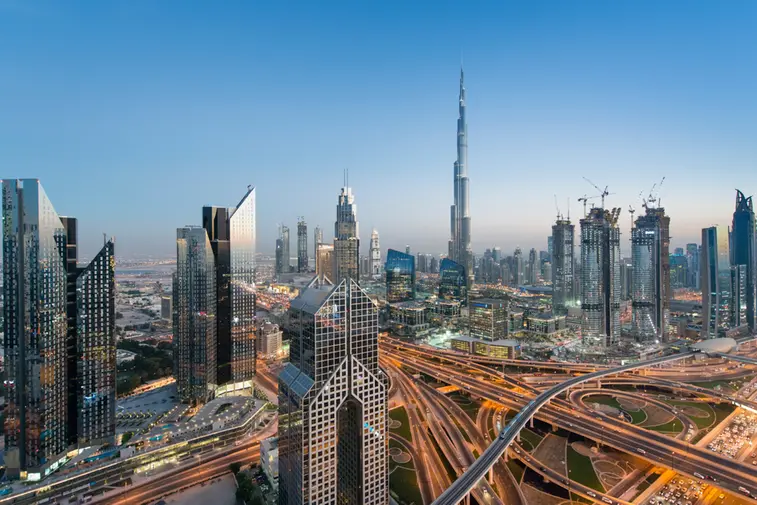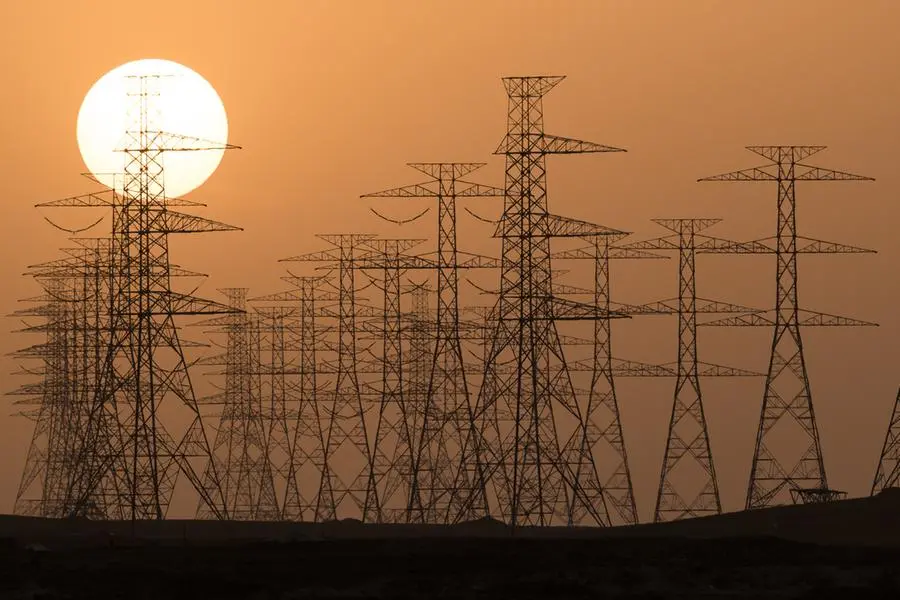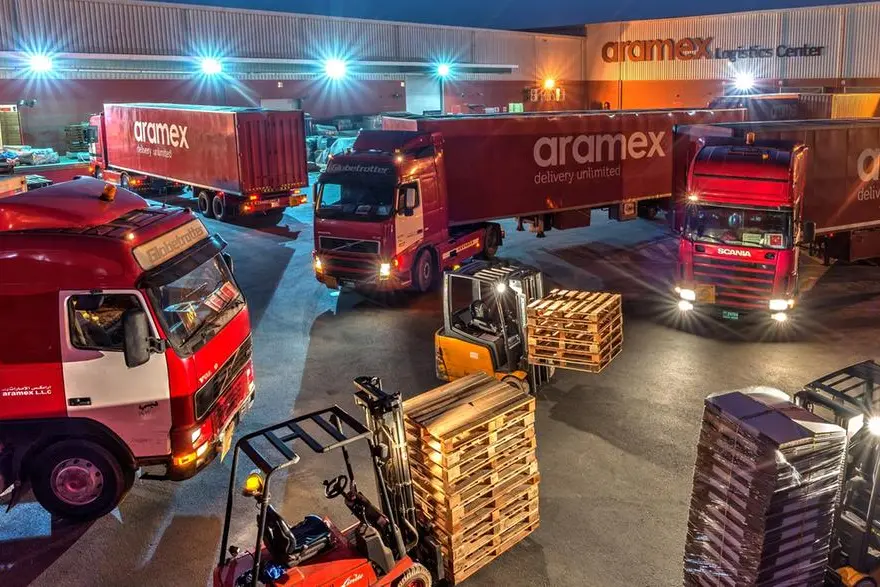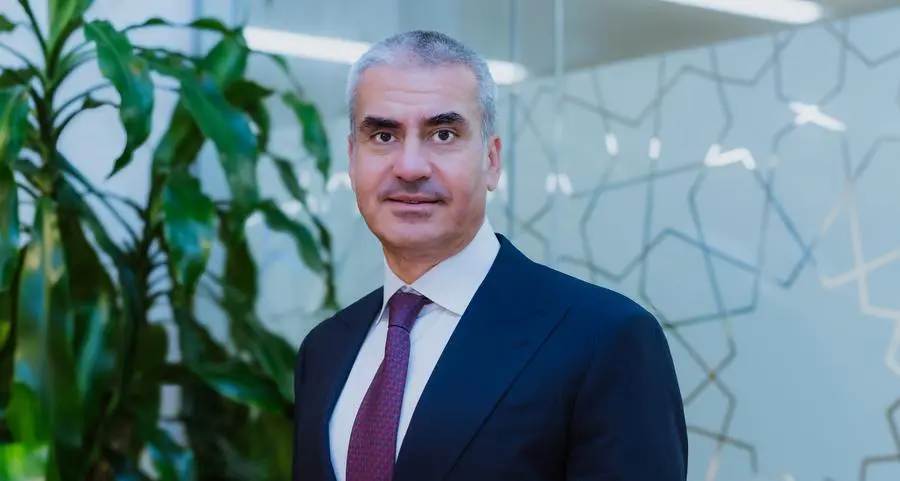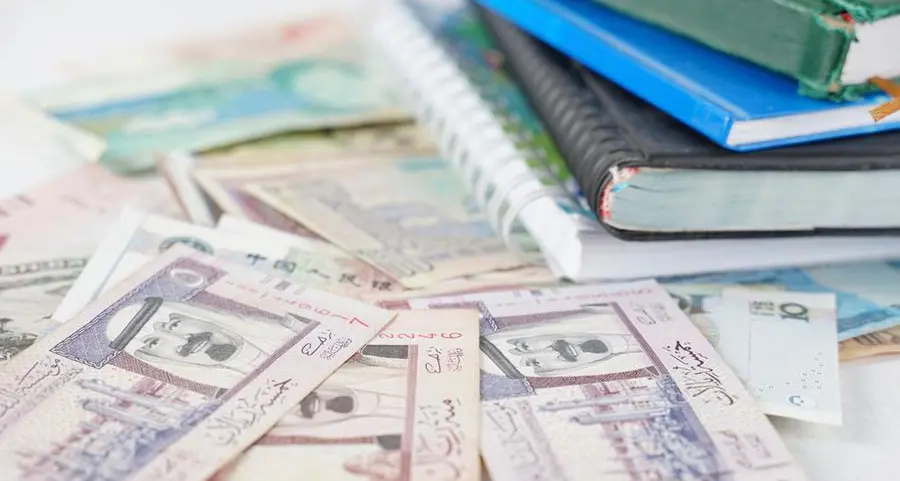PHOTO
Close-up view of hydrogen pipelines on grass. Image Courtesy: Getty Images
MUSCAT: Scientists at Sultan Qaboos University (SQU), the preeminent higher learning and research institution in the country, have identified significant potential for green hydrogen development in Oman’s northwest – an area presently not included in official zonal maps prioritized for green hydrogen investment.
Titled ‘The Techno-Economic Assessment of Green Hydrogen Production in Unexploited Landlocked Northern-Western Region of Oman to Realize the National Sustainable Strategy,’ the research study uncovered evidence of promising potential for green molecule investment in five key locations in the country’s northwest: Bahla, Fahud, Ibri, Jibal, and Sunaynah.
Taking part in the study were: Noman Raza Sial, Hilal al Abri, Muhammad Abdul Qyyum, Rashid al Abri and Ala’a al Muhtaseb of SQU’s Sustainable Energy Research Center (SERC), as well as the College of Engineering. The study was supported by local upstream energy firm Daleel Petroleum through a research grant.
Announcing the publication of the study in a post, Hilal al Abri, SQU Research Assistant who is also Developmental Planning Engineer at Petroleum Development Oman (PDO), noted: “This is the first article that assesses the implementation of green hydrogen production in the northern-western region of Oman. In this article we have done an extensive study to assess the feasibility of green hydrogen deployment in the northern-western regions of Oman.”
Hydrom, the orchestrator of Oman’s green hydrogen sector, currently oversees a massive 50,000 km2 of acreage distributed primarily in the central and southern parts of the country, and deemed optimal for green molecule investment. Of this figure, around 2,300 sq km – amounting to less than 5% of the total – has so far been awarded to developers in a pair of successful auction rounds conducted by Hydrom.
As part of their study, the research team assessed the potential of green energy at the five locations in question, based on their renewable potential, land availability, and proximity to demand centres. A techno-economic assessment, accompanied by sensitivity analysis, was conducted to evaluate the economic performance and critical parameters of the systems.
The levelised cost of hydrogen (LCOH) – a key metric for assessing the bankability of green hydrogen production – was benchmarked against the LCOH values recommended by international organizations, such as IEA and IRENA. Additionally, the scientists looked at the performance of solar, wind and hybrid renewable energy systems in each of these areas, the cost of producing and transporting ultra-pure deionized water to the sites for electrolysis, and the types of electrolyzers suitable for these locations, among other factors.
Citing some of their findings, the scientists reported that Bahla exhibited the least potential for wind energy, necessitating a larger wind farm of over 1000 MW compared to other locations. The largest wind potential was recorded at Fahud and Jibal. In the case of standalone solar energy systems, all the locations demonstrated the same potential, with the exception of Bahla, which has a slight advantage attributable to its consistently hot and dry weather.
“The outcomes of this study will not only significantly assist in identifying the technical and economic viability of green hydrogen production systems in the northern-western region but will also help create green investment opportunities, thereby boosting Oman’s green hydrogen drive,” the scientists said in conclusion.
“These contributions will positively impact the energy transition targets outlined in the Oman Vision 2040 and the National Net-Zero Strategy of the country. Henceforth, aligning this study with Oman’s efforts towards achieving the United Nations (UN) Sustainable Development Goals (SDG), particularly SDG 7 (affordable and clean energy) and SDG 12 (responsible consumption and production),” they added.
2022 © All right reserved for Oman Establishment for Press, Publication and Advertising (OEPPA) Provided by SyndiGate Media Inc. (Syndigate.info).
